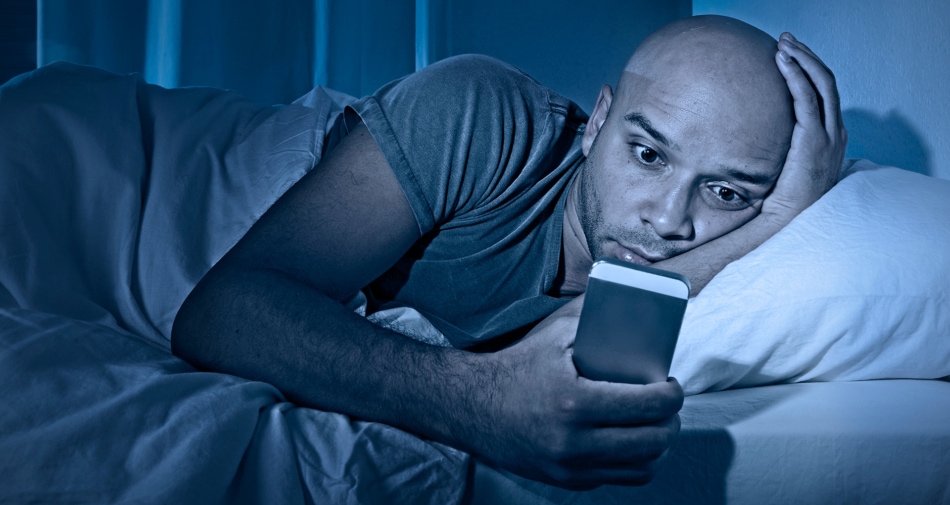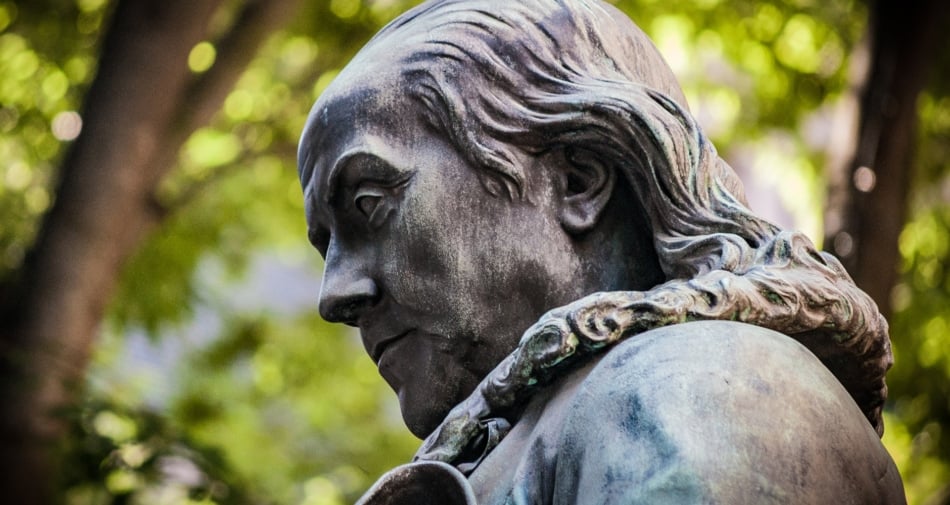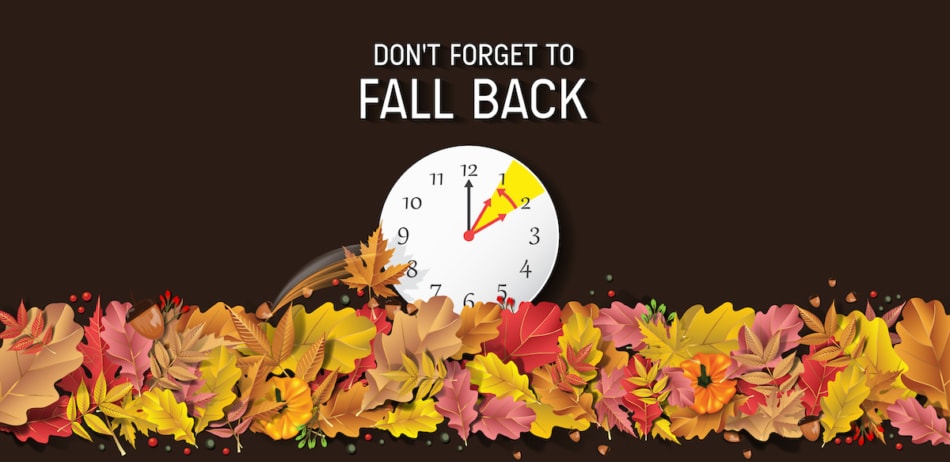How To Change My Flight Time In Indigo
When Do We "Fall Back" In 2021?
The first Sunday in November is when Daylight Saving Time ends in most areas of the U.S., so in 2021 we'll "fall back" one hour and return to Standard Time on Sunday, November 7, 2021, at 2 a.m. Be sure to set your clocks back one hour before bed Saturday night!
The return of Standard Time means the sun will rise a little earlier (at least according to our clocks) so if you're an early riser, you'll enjoy the rays as you have your breakfast. And you'll "gain" one hour of sleep. The bad news? It will be dark by the time most of us get out of work.
Read: How To Walk Your Dog Safely When It's Dark
When Do We "Spring Forward" In 2022?
The second Sunday in March is when Daylight Saving Time begins in most areas of the US, so in 2022 we'll "spring forward" one hour on Sunday, March 13, 2022, at 2 a.m.
Be sure to set your clocks ahead one hour before bed on Saturday night!
Which States Don't Observe DST?
According to US law, states can choose whether or not to observe DST. At present, Arizona (with the exception of the Navajo Nation) and Hawaii, plus a few other US territories, are the only places in the U.S. that do not observe DST and stay on standard time all year long.
Indiana did not vote to observe DST until April 2006. Prior to that, some counties in the state observed it while others didn't, which caused a lot of confusion, particularly since Indiana is split into two time zones already!
At least 40 countries worldwide observe Daylight Saving Time, including most of Canada, though the majority of Saskatchewan and parts of northeastern British Columbia don't participate.
For obvious reasons, most countries near the equator don't deviate from standard time.
Are You Saying it Correctly?
The correct phrasing is "Daylight Saving Time" (not "savings" with an s), meaning: a time for saving daylight!
Is There A Benefit to DST?

The idea behind moving the clocks twice a year is to take better advantage of the sun's natural electricity (or light). Most of us get out of bed after the sun has risen and gone to bed after it has set. But what if the sun rose and set later? When we spring forward and fall back, we're not really "saving" time; we're just giving up a little sun in the morning and adding it to the evening. So will we better utilize the sun's illumination during this newfound sunlight?
Later sunsets cause people to get out and do more in the evenings. Some argue that this results in an increase in our gasoline consumption as we drive around more during the lighter evenings. And if it's darker in the morning, doesn't that mean more electricity will be needed to get ready for school and work? Food for thought!
DST: Love It or Hate It?

How you feel about Daylight Saving Time probably depends on whether you are an early riser or a night owl. Obviously, changing the number on a clock doesn't actually add any time to our days. That point was eloquently made in this old joke:
When told the reason for daylight saving time the old Native American man said,
Only the government would believe that you could cut a foot off the top of a blanket, sew it to the bottom, and have a longer blanket.
However, in the spring, adding an hour of daylight onto the end of the day, after most of us have gotten out of work, can feel like a gift after a long winter of dark evenings. As the warmer spring weather arrives, nothing could be nicer than having more time in the evening to enjoy it!
Try these tips to help you adjust to the time change.
Is Benjamin Franklin To Blame For DST?

Ben Franklin is often credited for inventing the idea of Daylight Saving Time, due to his partially tongue-in-cheek letter to a newspaper in Paris (read Franklin's letter here). However, Franklin seemed to understand the point of view of the Native American in the joke, above. Rather than changing the clocks, he simply advised us to change our schedules to better align with nature.
Is DST A Practice Whose Time Has Come?
Since Daylight Saving Time was introduced, lawmakers have, on occasion, seen fit to fiddle with it. This happened in the 70s, during the oil crisis, and again several years ago. Since 2007, Daylight Saving Time got longer, beginning in March and ending in November, instead of April and October, respectively. But it looks like we won't be doing away with it any time soon.
Read How Much Daylight Are We Really Saving?
Check Out Our Article: Nine Clocks You Still Have To Adjust Manually

How To Change My Flight Time In Indigo
Source: https://www.farmersalmanac.com/daylight-saving-time-change
Posted by: youngerthearn1956.blogspot.com

0 Response to "How To Change My Flight Time In Indigo"
Post a Comment